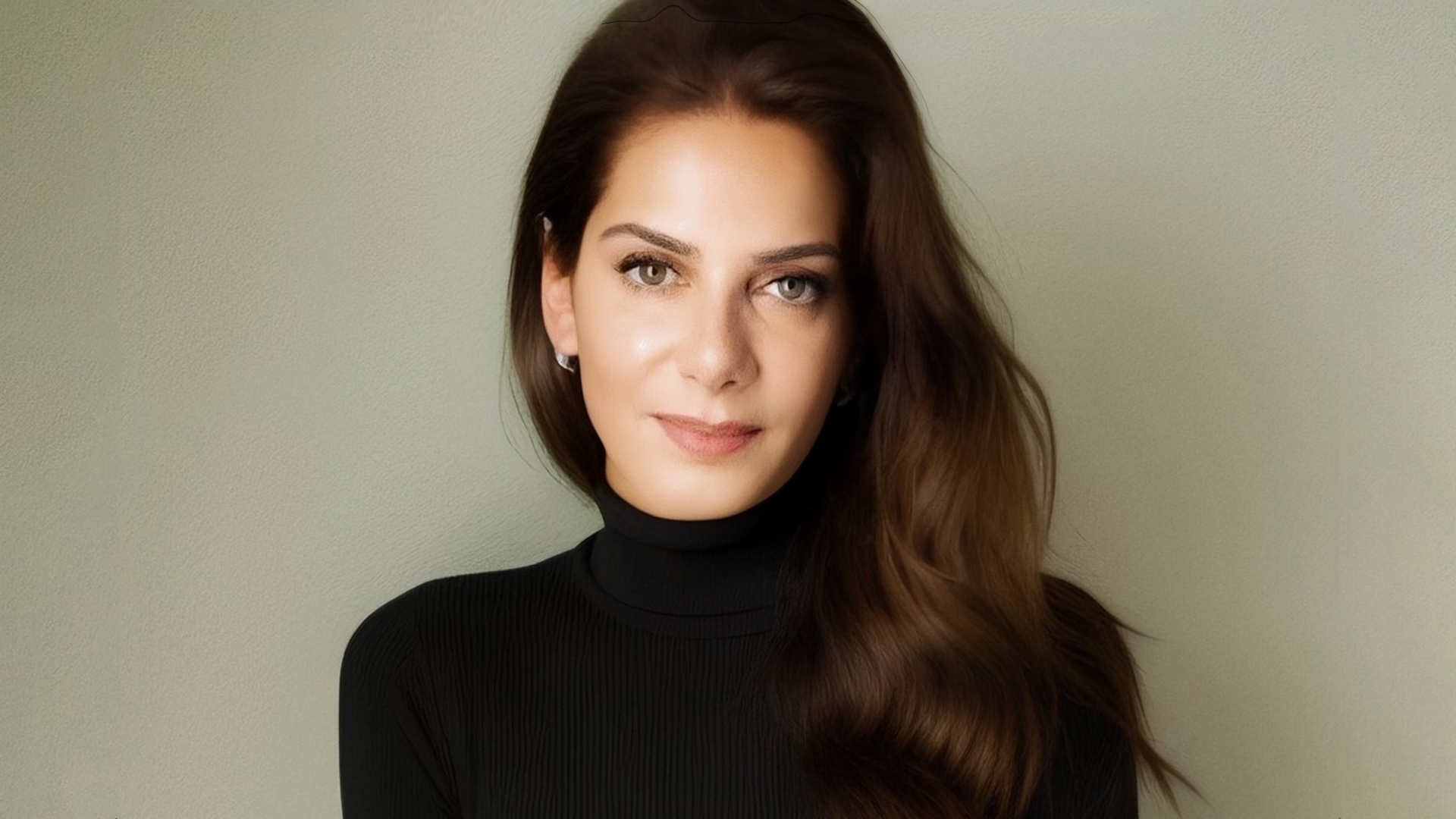In 2011 the luxury industry experienced an unprecedented level of change. We take a look at the organisations, the people and the economics that made this year what it was

In 2011 the luxury industry experienced an unprecedented level of change. We take a look at the organisations, the people and the economics that made this year what it was
The Structure
Under the leadership of Bernard Arnault – nicknamed by the media as ”the wolf in cashmere” – LVMH acquired Italian jeweller Bulgari for €4 billion, followed later in the year with Swiss watch dial-maker (and former supplier) ArteCad, as it raised its stake in an enraged Hermès to 22.3 percent. LVMH were also named as a sponsor to the Asian arm of L Capital, which has so far acquired 20% of Singapore footwear brand Charles & Keith and 25.5% of Indian distributor Genesis Colors.
Monsieur Arnault again made headlines, when it was revealed that LVMH had snapped up controlling share in Singapore’s Heng Long, through a jointly created holding company. Whilst the logic is ever apparent – the world’s largest manufacturer of luxury goods controlling a supplier of exotic skins – it was the revelation that Heng Long supplies up to two-thirds of Hermès’ crocodile skins, which made the story particularly newsworthy.
“ LVMH acquired Italian jeweller Bulgari for €4 billion and raised its stake in an enraged Hermès to 22.3 percent ”
Over at PPR, Monsieur Pinault Jnr. was less active in the M&A; market, choosing to focus on the acquisition of Brioni – for a reported €300 million – and the internal restructuring of the PPR Group. Its luxury goods houses, including Gucci, Bottega Veneta and YSL, have been regrouped into a Luxury Business Group where the individual brands are managed independently.
2011 was also the year that Jimmy Choo, Belstaff, De Beers Group, Proenza Schouler, Robert Clergerie, Gianfranco Ferrè, Le Tanneur & Cie and Jean-Charles de Castelbajac all changed hands. Just this week, plans to rescue the troubled Saab brand have failed an it looks like Italian yachtmaker Ferreti Group will to be sold to Chinese investors.
All this activity without a single mention of Fashion’s accessory du jour in 2011: the IPO. Prada and Salvatore Ferragamo led the pack in June, listing on the Hong Kong and Milan stock exchanges respectively. In November, Coach took a secondary stock listing in Hong Kong and Graff reveals plans for another Hong Kong IPO in 2012. Just last week, both Michael Kors and Chow Tai Fook launched IPO’s in Hong Kong, with the Kors debut valuing the company at $3.8 billion, making it the biggest-ever public offering in US fashion.
Further Reading: The Latest Investments

The Climate
A myriad of global economic issues arose in 2011, forcing luxury executives to address the possibility of a global recession and consequential slowdown in the consumption of luxury goods. Concerns over economic growth in China, high unemployment rates in the United States, mounting European debt, share market volatility and the questionable Euro were just some of the factors contributing to a state of economic malaise.
Lanvin CEO, Thierry Andretta, remained confident that the brand would enjoy double-digit growth for 2011, but went on to add that he remained "very preoccupied by the world macroeconomic situation”. Roberto Cavalli CEO, Gianluca Brozzetti commented to press: “To say it won’t have an effect is madness. The debt crisis will definitely have an impact on consumption, financially speaking, a contingency will be put aside. Psychologically, it will lead people to be cautious.”
“ Global luxury goods sales have continued 2010’s double-digit growth trajectory and will see an increase of 10 percent, to €191 billion in 2011 ”
Yet 2011 was a year of stellar performance for the industry, in most cases brands and conglomerates enjoyed overall double-digit growth. Global luxury goods sales have continued 2010’s double-digit growth trajectory and will see an increase of 10 percent, to €191 billion in 2011, according to reports from Bain/Altagamma.
“Despite the headwinds of global events and economic uncertainty, luxury is experiencing a sort of ‘anti-crisis. We expect to see the sector continue to outperform other categories, if brands stay as nimble as they have been in their approach to recovery,” suggested the lead author of the study, Claudia D’Arpizio.
But it was Hermès CEO Patrick Thomas that best articulated the situation, remarking that “when there are macroeconomic worries, it always impacts markets. The fact that we do not see it today does not mean that we will not see it tomorrow.”
Further Reading: For and Against – A Consumption Slowdown for Luxury Goods

The People
Rampant M&A; activity brought about significant change in our industry’s leadership. Following its acquisition of Bulgari, LVMH brought across former Fendi chairman, Michael Burke, to the CEO role at the famed Italian jeweller. Six months after Jimmy Choo’s sale to Labelux, both founder Tamara Mellon and CEO Joshua Schuman announced they were cutting all ties with the brand.
Francois-Henri Pinault returned to lead Gucci Group – what is now known as PPR Luxury – in the wake of chief executive and president Robert Polet’s departure. Louis Vuitton announced that Jordi Constans – a relatively unknown executive from Danone – would become the CEO of Louis Vuitton in 2013, following over 20 years of service by Yves Carcelle.
“ New leadership at PPR Luxury, Jimmy Choo, Bulgari, YSL, L’Oreal, Sofitel, Ruinart, Rolex, Givenchy, Ferretti Group & Ulysse Nardin ”
John Galliano dominated the headlines, after the scandal surrounding an anti-Semitic rant in a Parisian café, cost him the top job at Dior and creative control of his eponymous label. Three seasons on, Christian Dior is still without an official successor.
More sensational news aside, 2011 was one of the largest games of executive musical chairs ever seen in our industry. There have been new CEO’s at Yves Saint Laurent, L’Oreal, Sofitel, Maison Ruinart, Rolex, Givenchy, Ferretti Group, Ulysse Nardin, Pucci and De Beers Diamond Jewellers just to name a few.
Further Reading: The Latest Appointments










